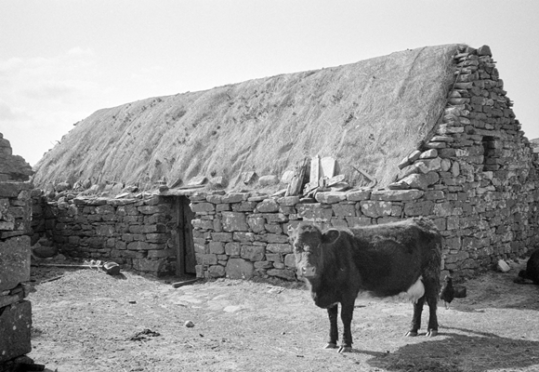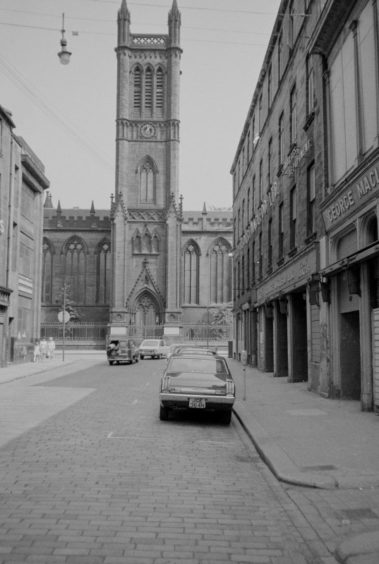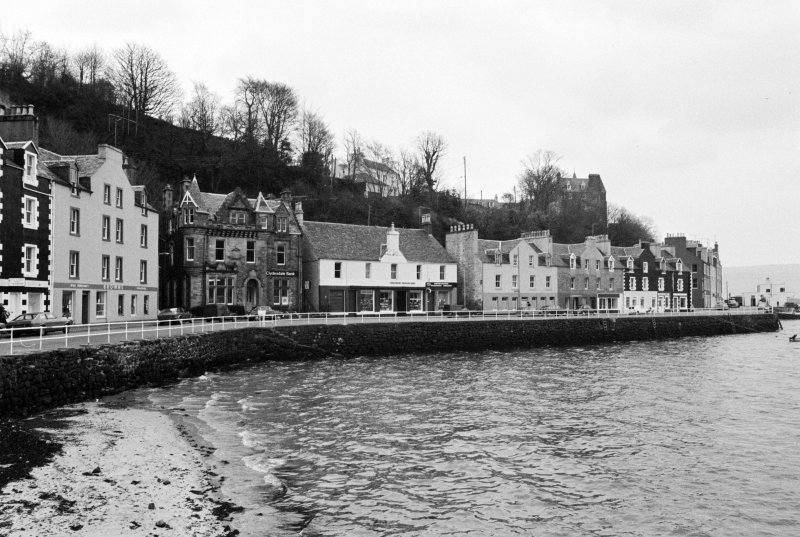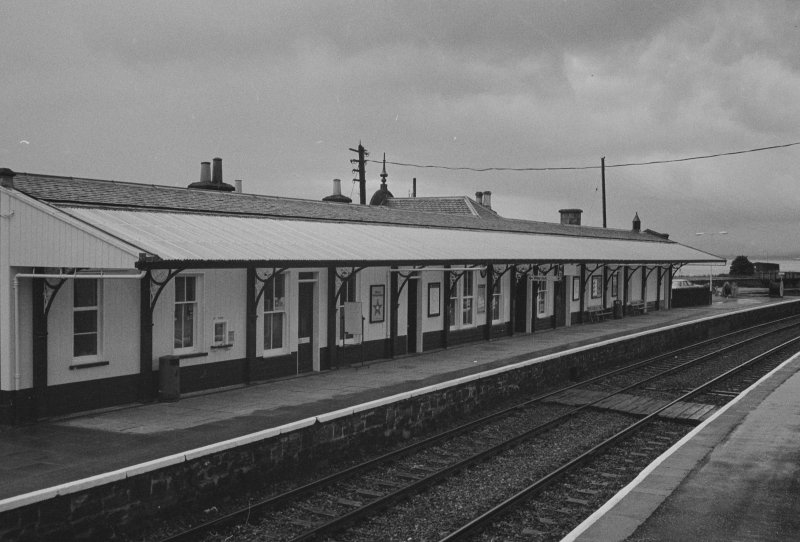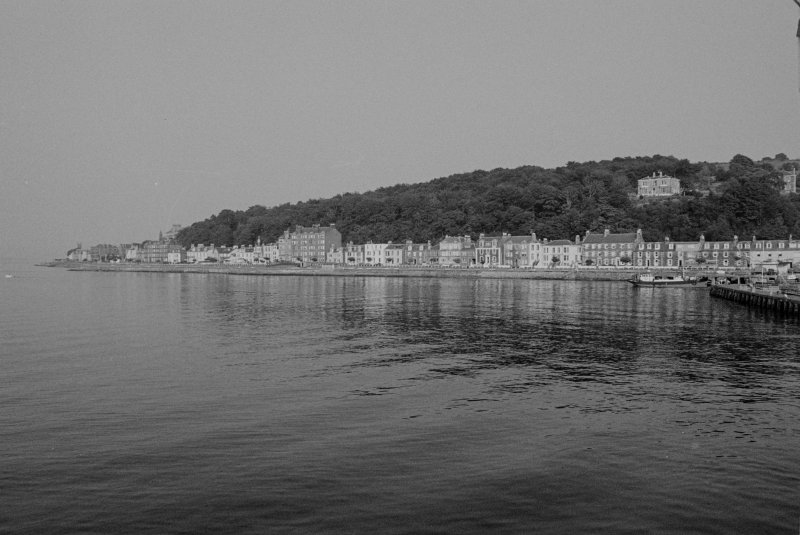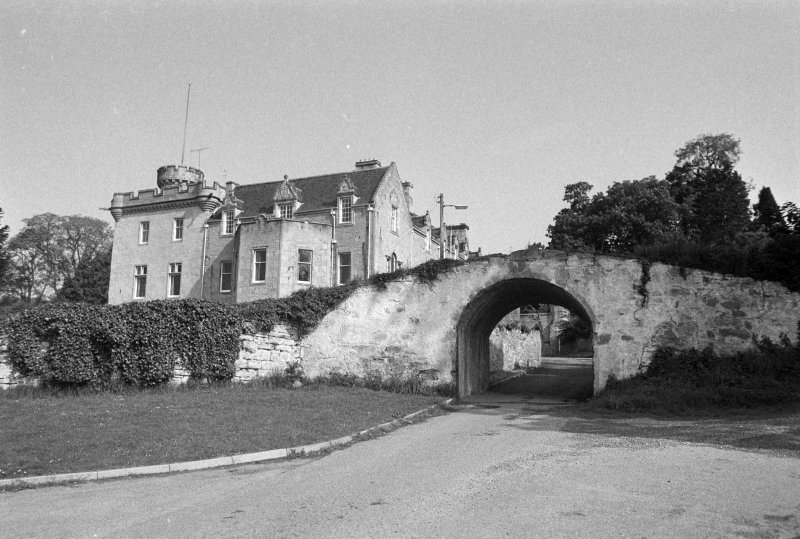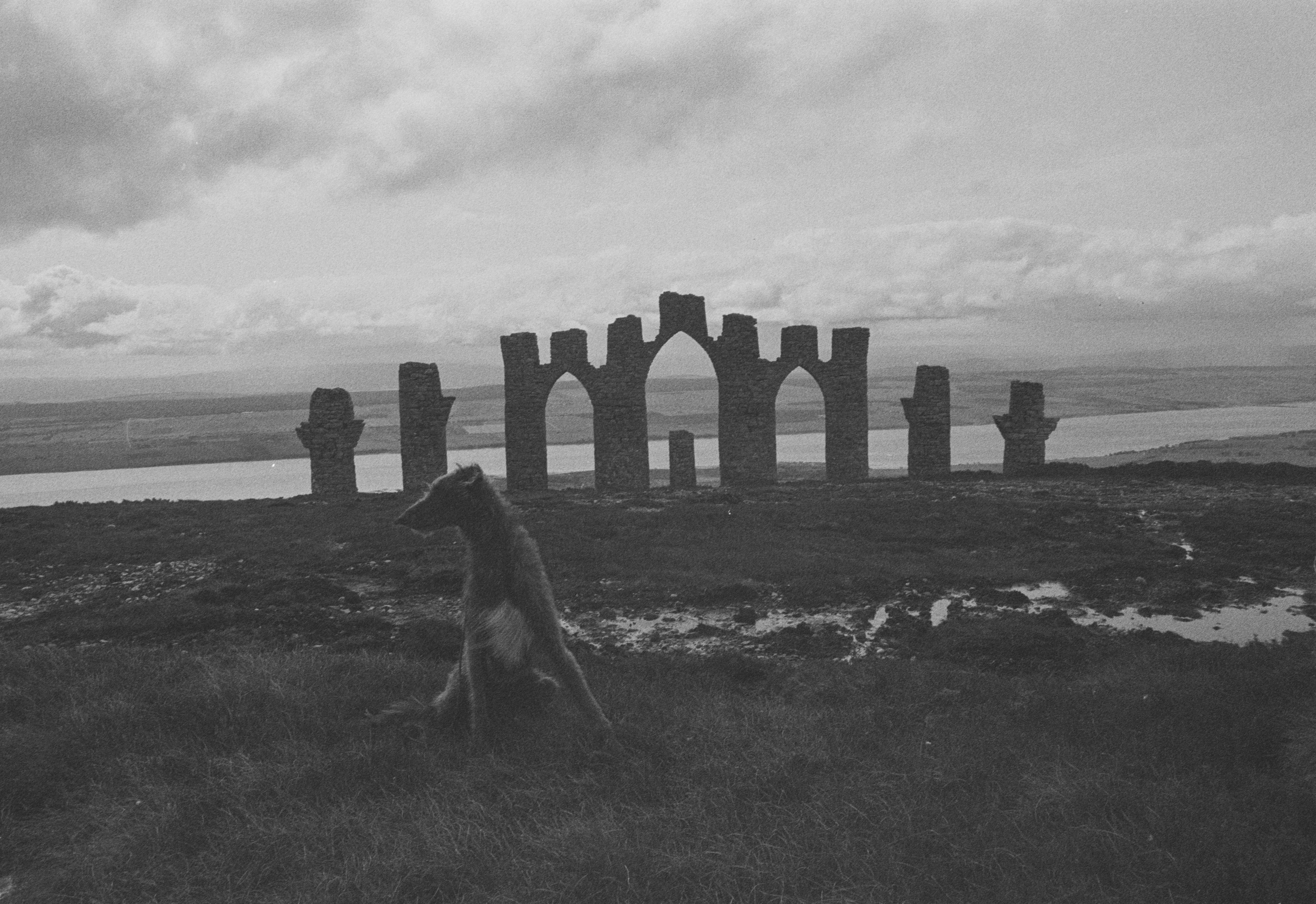Public assistance is sought by Historic Environment Scotland (HES) to help document more than 5,000 unidentified images from the organisation’s online archives.
Images documenting the interior of pubs during the 70s to significant archaeological digs, including excavations at the historic Skara Brae in Orkney, have been made available online for the first time by HES.
The plea has been made to document the unidentified images which show locations experts cannot place.
Over the course of the past year, more than 170,000 items from HES archives have been carefully digitised and added to the organisation’s online catalogue Canmore, allowing for interaction to take place remotely.
Lesley Ferguson, Head of Archives at HES, said: “These archives give a unique perspective on civic planning in the 20th century including the development and growth of Scotland’s new towns, while the images of excavations showcase the sites that helped archaeologists unlock the secrets of Scotland’s past – from the Neolithic to the Middle Ages.
“Unfortunately, we don’t know where some of these historic photographs were taken and that’s why we are asking for the public’s help.
“Perhaps there’s a photo of your street, or your local pub, or even the flat you lived in as a student.
“Help us discover more of Scotland’s past by visiting Canmore and letting us know if you recognise any of the places documented in these archives.”
The new online records include digitised copies of photographic negatives and printed photographs produced by the Scottish Development Department (SDD) dating back as far as the organisations founding in 1962.
Both rural and urban Scotland are represented, including crofts in the Highlands and farms in Orkney to large estates in Fife and tenements in Glasgow, with fashion trends and pub interiors among themes.
Mrs Ferguson added: “By digitising our archives, we’re able to make them available to even more people.
“Digitisation helps us make heritage accessible to all as well as ensuring the long-term preservation of these important documents and photographs.”
Included in the digitised archives are approximately 14,000 prints from personal research and work by prominent archaeologists such as Dr Euan Mackie, Roger Mercer and Vere Gordon Childe.
The oldest image dates from around 1927.
HES have asked anybody who may possess any details to help document their collection to email archives@hes.scot or get in touch via their Facebook and Twitter pages.
A selection of unidentified images from the Scottish Development Department archives are available at: www.canmore.org.uk
